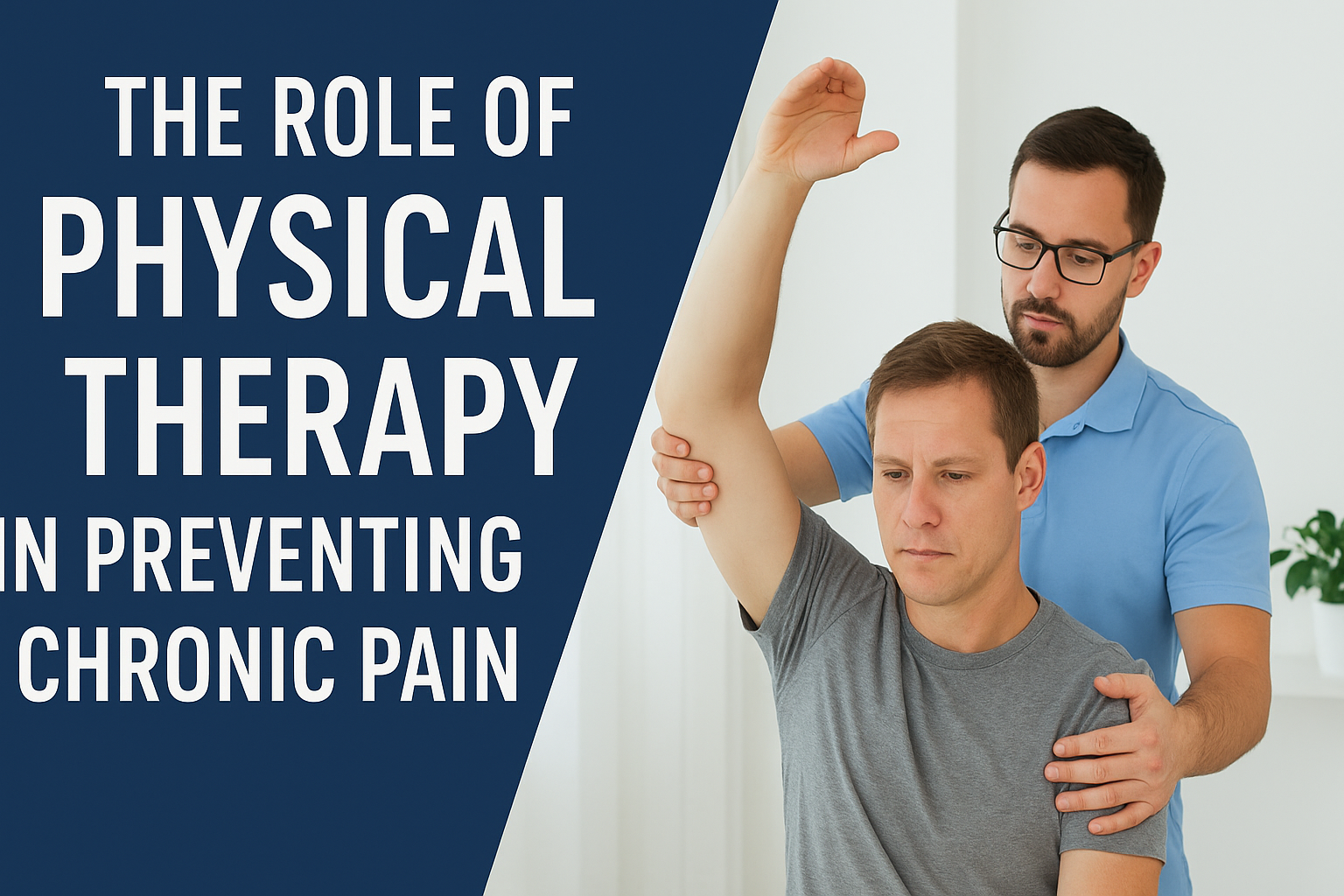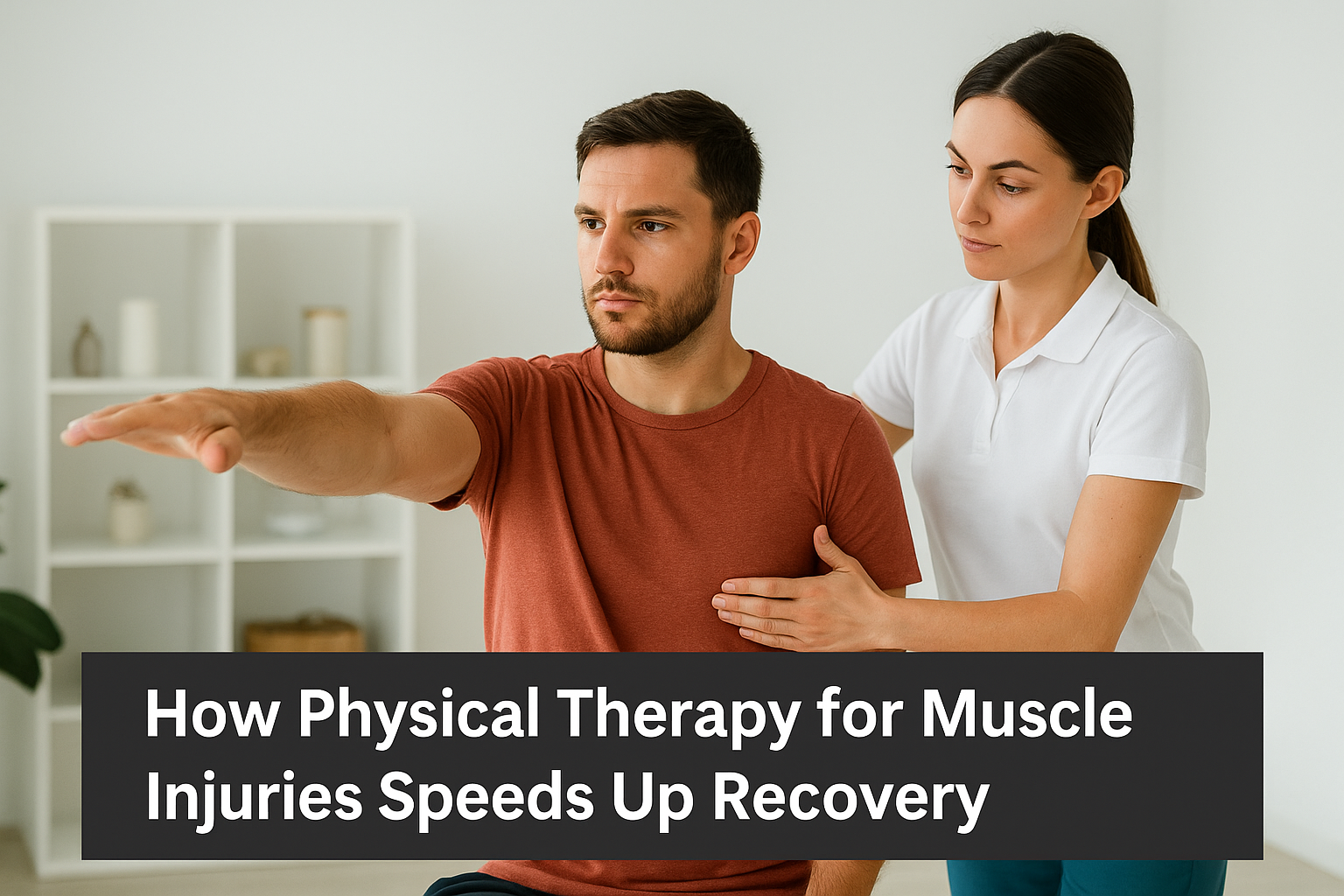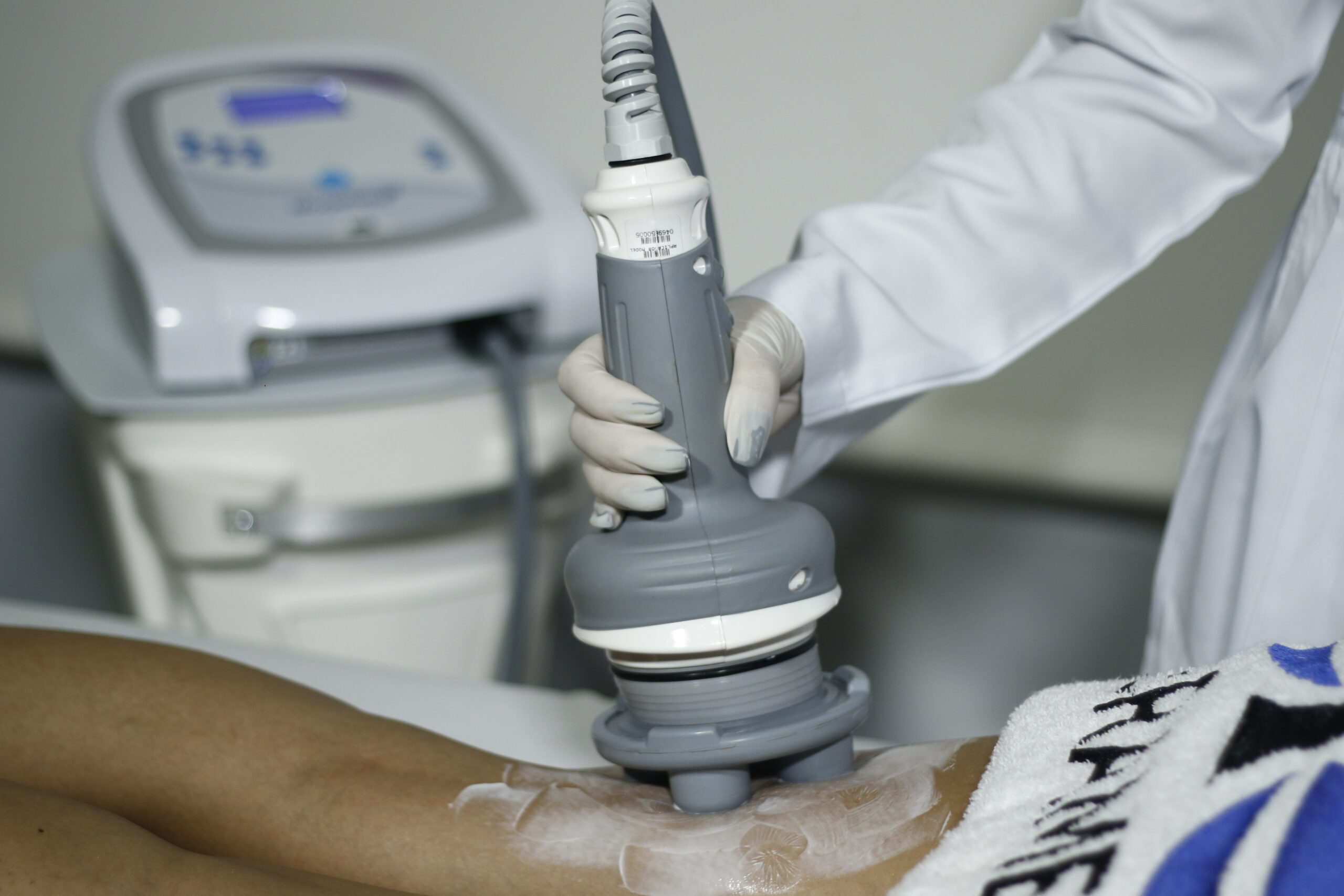The Role of Physical Therapy in Preventing Chronic Pain
How Minor Aches Can Develop Into Bigger Problems
It’s common to dismiss small aches or stiffness as temporary issues. However, when left untreated, these discomforts can progress into chronic pain conditions. Poor posture, sedentary lifestyle, and repetitive movements often place stress on muscles and joints. Over time, what begins as a minor inconvenience may evolve into long-term pain that impacts daily activities and overall quality of life.
Early intervention with physical therapy is one of the most effective strategies to stop this cycle before it becomes a serious problem.
physical therapy for chronic pain
physical therapy for chronic pain
physical therapy for chronic pain
Preventive Treatments in Physical Therapy
Physical therapy goes beyond recovery; it’s also a preventive approach. By addressing muscle imbalances, mobility restrictions, and improper movement patterns, therapists help patients avoid recurring injuries and persistent pain.
Preventive methods include:
-
Manual therapy to improve mobility.
-
Targeted exercises to strengthen weak muscles.
-
Education on correct posture and body mechanics.
-
Personalized treatment plans tailored to lifestyle and activities.
Stretching, Strengthening, and Posture Correction
The foundation of prevention lies in stretching and strengthening. Stretching helps maintain flexibility and prevents stiffness, while strengthening stabilizes muscles that support the spine and joints.
Postural correction is equally essential. Modern life often involves hours at a desk, looking at screens or working in awkward positions. Physical therapists teach patients how to adjust their posture, use ergonomic equipment, and adopt movement habits that prevent strain.
These interventions not only reduce pain but also improve energy, mobility, and resilience.
Importance of Regular Checkups
Just like regular dental visits or annual health exams, physical therapy checkups are valuable for long-term well-being. Routine visits allow therapists to detect early signs of imbalance, tension, or improper movement, ensuring small issues are corrected before they progress.
For athletes, office workers, or individuals recovering from injuries, regular checkups help maintain mobility, prevent flare-ups, and promote an active, pain-free lifestyle.
Conclusion
Chronic pain doesn’t happen overnight — it’s often the result of years of accumulated stress on the body. With physical therapy for chronic pain prevention, you can address issues early, build stronger muscles, improve posture, and enjoy a healthier, more active life.
Don’t wait until discomfort turns into chronic pain. Schedule a physical therapy consultation today and take the first step toward lifelong wellness.




